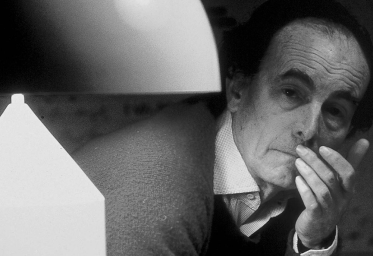
"You cannot beat the simplicity of an unadorned cable and bulb, says Shaun Carter of Carter Williamson Architects. Pictured: the Spiegal haus by Carter Williamson Architects. Photo by Brett Boardman.
“A home is created by an extensive combination of things that have an impact on our sensory experience of space,” says Shaun Carter of Carter Williamson Architects. “Lighting and lighting fixtures play an important role in that because they provide firstly the vital amenity of illumination and ability to delineate spaces, and secondly, if decorative, they occupy a sculptural form in space that adds to the atmosphere.”
Carter has worked extensively with decorative lighting fixtures and certainly does not underestimate the ‘wow’ factor that they can bring to an interior. Carter Williamson projects incorporate a variety of lighting pieces to complement the studio’s work on the architecture and interior design of a home.

Wooden light pendants by Porky Hefer Design define the kitchen, a place of congregation, in the Screen house by Carter Williamson Architects. Photo by Brett Boardman.
“In our Screen house, above the kitchen island bench and dining table are eight wooden light pendants based on shapes and forms found in the everyday life. They’re designed by South African firm Porky Hefer Design,” he explains. “The pendants fit nicely into the warmth and tones of the timber in the house, while contrasting against the matt black joinery and penny round tiles.

A cluster of frosted bulbs by Volker Haug sit over the bathtub of the Screen house by Carter Williamson Architects. Photo by Brett Boardman.
“Then, in the bathroom, a cluster of seven frosted bulbs by Volker Haug sit over the bathtub. They emit a soft diffused glow, which is similar to the light coming through the frosted glazing during the day.”
Kitchens, Carter says, are the social heart of the home, and thus decorative lighting fixtures should be placed above this space, as was done in the Screen house. “Conversations are had in the kitchen, food is made and consumed there, at the island bench or dining table,” he says, “so it’s important to illuminate and define this place of congregation.”
Stairs and tall areas like voids are also great places to situate a lighting feature as it will draw attention upward and help visitors and occupants appreciate the change in height and sense of space.
“Also, a decorative bedside light can play a part in the routine of going to bed, both as a softer illumination to transition into sleep, as well as for the act of turning off the light to definitively mark the end of a day,” Carter says.
While the ever-growing range of lighting options can be daunting, Carter suggests that sometimes you just can’t beat the simplicity of an unadorned cable and bulb. “Even with this humble lighting fixture there are so many combinations that can be made: cable colour, bulb shape, size and finish, filament type… Its presence in a space can be easily changed just by adding more bulbs to form a cluster.”

Stairs and areas with tall ceilings are perfect for statement lighting pieces, as is shown here in the Tree house by Carter Williamson Architects. Photo by Ben Guthrie of The Guthrie Project.
Just as daunting can be material choice, however this always depends on the aesthetic of the rest of the interior. “We like to make material boards by bringing samples together and having an open discussion on what we think works,” says Carter. “No client or project is exactly the same, and sometimes our clients come to us with products we haven’t even discovered!”
https://www.carterwilliamson.com/
WRITTEN BY Sara Kirby






